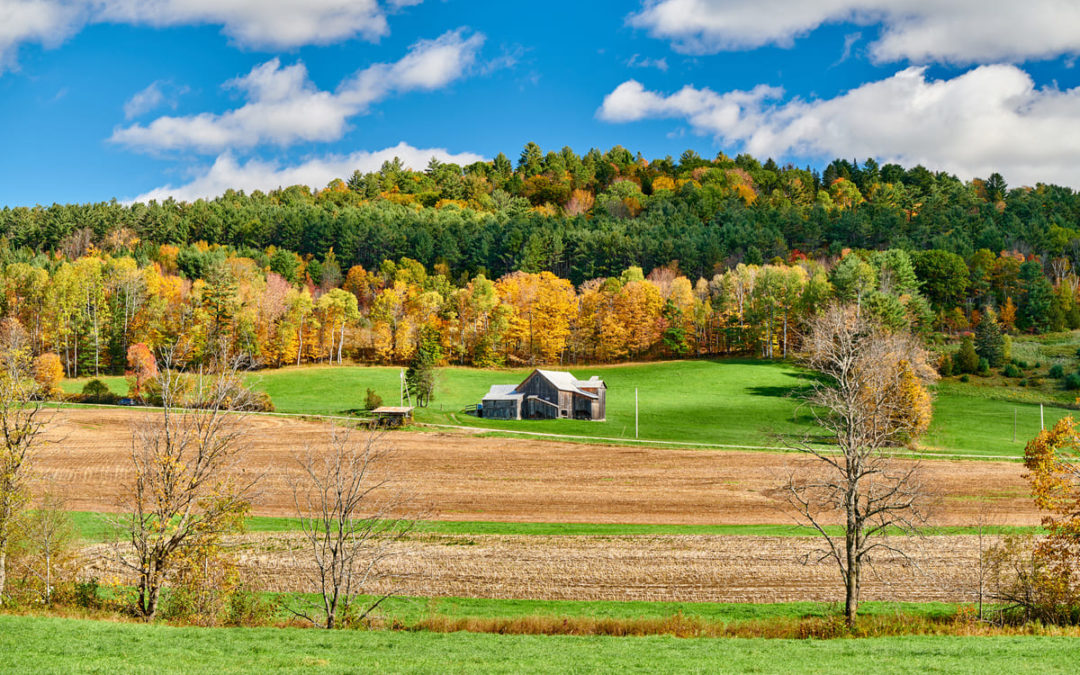One of the best ways to defend your Northern California property from wildfires is by creating what’s called a “defensible space” around it. Proper vegetation management by a qualified defensible space contractor dramatically improves the chances of your property surviving a wildfire. It also helps protect the firefighters defending your home and makes it easier for them to do their job.
What are Zones of Defensible Space?
In Northern California, defensible space is a 100-foot buffer created between any structure on your property and the surrounding grass, shrubs, trees, and wildland areas. This space can slow or stop the spread of wildfire, protecting your home and other buildings from catching fire from embers, direct flame contact, or radiant heat.
California law currently requires two zones of defensible space. Assembly Bill 3074, which was passed into law in 2020, requires implementation by 2023 of a third ember-resistant zone (Zone 0) within zero to five feet of a home.
Zone 1: The Lean, Clean, and Green Zone
This zone extends 30 feet from any building or structure on your property or to your property line, whichever is closer. It involves removing all dead vegetation, dry leaves, overhanging and touching branches, flammable plants, and any flammable vegetation or items under decks, stairs, and balconies. It also entails relocating woodpiles to Zone 2.
Zone 2: The Reduce Fuel Zone.
Extending from 30 to 100 feet out from property structures or to your property line, Zone 2 necessitates mowing or cutting grass, creating vertical space between grass, trees, and shrubs, creating horizontal space between trees and shrubs, and removing fallen leaves, needles, and small branches. It also calls for a minimum 10-foot clearance in all directions of all exposed woodpiles.
Although Zone 0 doesn’t go into effect until 2023, experts say it is by far the most important of all the defensible spaces and has the most stringent wildfire fuel reduction requirements. It’s designed to keep embers or fire from igniting materials under and around all attached decks, which can spread fire to your home.
Many local governments require other services which are a defensible space contractor frequently performs. These include plant and tree spacing, removing all tree branches at least six feet from the ground, and installing fire-wise landscaping.
How Vegetation Management Protects Your Home
There’s a big difference between a well-maintained landscape and fire-wise landscaping. But that doesn’t mean you have to sacrifice curb appeal to create defensible space at your home. The process generally includes:
- Adjusting plantings for hills. Fire reaches uphill fuel like dry planes more easily, and steeper slopes increase the speed of fire.
- Planning for prevailing winds. An extra cushion of defensible space should be designed for the windy side of your house.
- Choosing the right plants. Trees with a low resin content burn less easily and succulents with a high water content don’t ignite easily. And plants with deep roots help prevent soil erosion after a fire.
- Including non-plant landscaping features. Stones walkways and other rock elements can minimize your yard’s fire risk and break up your plants in an aesthetically pleasing way.
Working With a Defensible Space Contractor
You don’t need to spend a lot of money to meet defensible zone requirements and reduce the risk of fire damage to your home. Vegetation Management Services can help you develop affordable defensible space strategies that significantly improve the chances of your home surviving a wildfire. Contact us online today or call us at 707-227-2519 to learn more.

